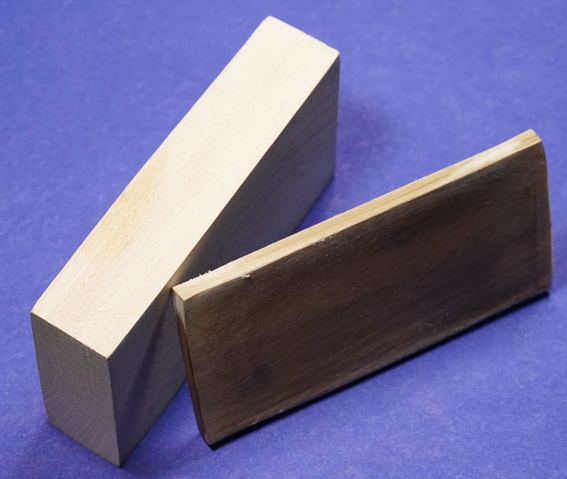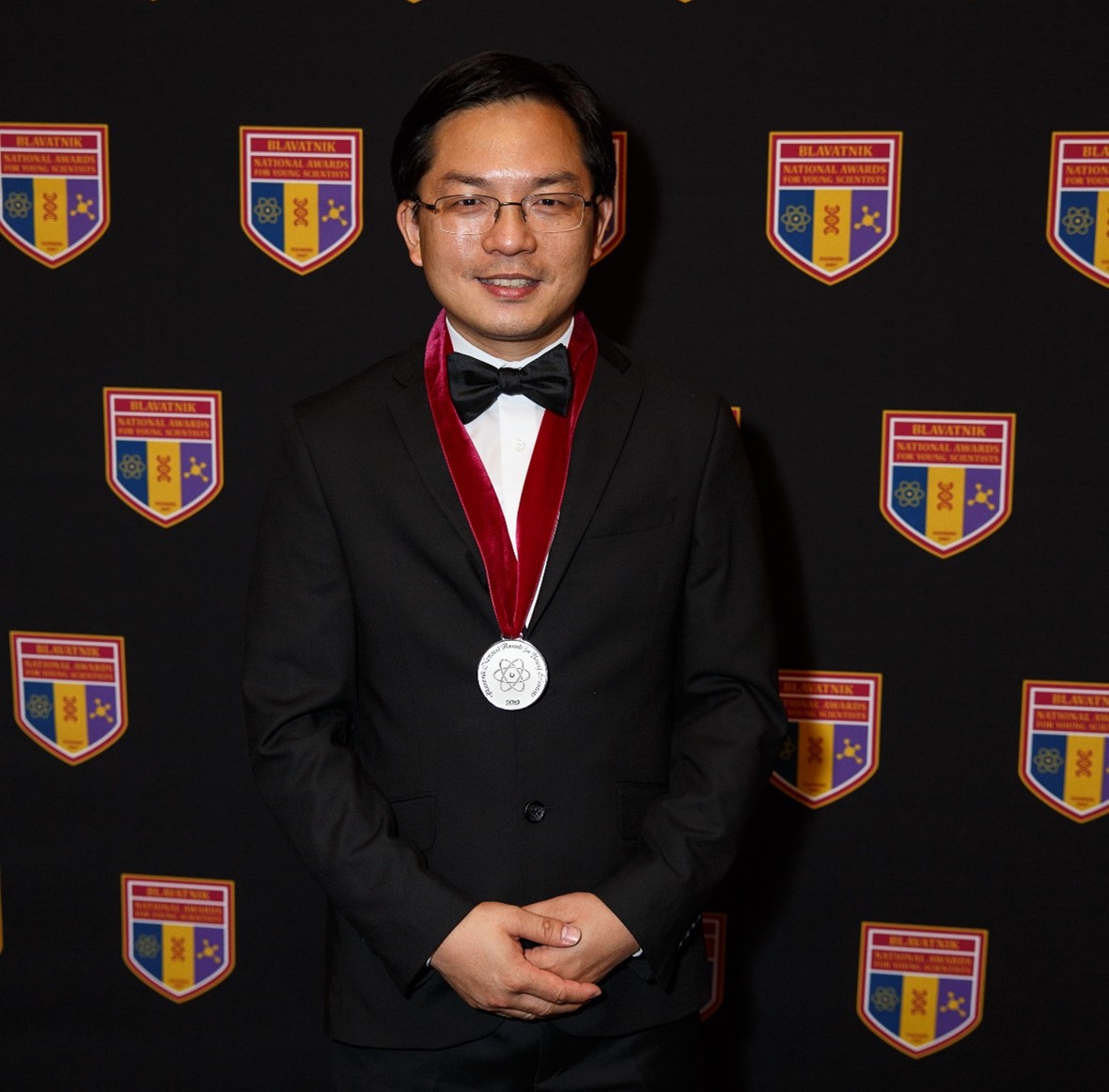
Photo Credit: https://pixabay.com/photos/wood-tree-nature-landscape-forest-3095720/
It was a chance encounter and conversation with a wood researcher that set 2019 and 2020 Blavatnik National Awards for Young Scientists Finalist, Liangbing Hu, PhD, on a path to exploring important problems in sustainable energy, water, and the environment. A physicist by training, Hu is a professor of Materials Science and Engineering at the University of Maryland, College Park, and a self-described “wood nanotechnologist.” He considers himself an outsider and works every day to make wood—one of the oldest biomaterial resources on the planet—a viable solution to some of the most pressing problems in sustainability.
We recently sat down with Professor Hu to discuss his research, the exciting opportunities in front of him in sustainability, his new company, and his philosophy on making a real-world impact through innovation.

Photo Credit: https://pixabay.com/photos/logs-wood-tree-trunks-timber-5104769/

Liangbing Hu’s group has found an innovative way to transform natural wood
into a high-performance material, making it 10-times stronger and tougher than
before (stronger than even many metals). Photo credit: University of Maryland
What pressing sustainability challenges in energy, water, and the environment are you most focused on addressing in your lab?
My research interests focus on material innovations for energy and sustainability. We are interested in replacing the non-sustainable materials that we use in our everyday life, like plastics and glass, and steel; these materials are widely used but have a huge negative impact on our environment. For example, steel production has a tremendous impact on the environment, our air, and climate, in-part, because of the huge amount of energy needed to produce it. Specifically, my lab is looking to utilize tiny filaments (nanofibers) found in wood as a potential technological solution to many non-sustainable materials. These nanofibers look almost identical to carbon nanotubes (unique molecules made entirely of carbon and nearly 50,000´ smaller than the diameter of a human hair), but have the unique advantage of being significantly cheaper and more abundant. We want to explore the unique ion transport, optical, and mechanical properties of nanofibers and come up with new solutions to address the current environmental challenges we face.

Liangbing Hu at the 2019 Blavatnik National Awards for Young Scientists
Ceremony at the American Museum of Natural History in New York City.
What exciting types of wood-based nanotechnologies have come out of your lab recently?
There are three wood technologies that we are excited about in our lab:
Megawatt Batteries: Megawatt batteries are an important application in new battery technology and are needed for grid storage from renewable energy sources, like wind and solar. Our lab is using wood nanofibers as a medium to transport ions, like sodium and magnesium, and to improve the battery’s charge rate. The technology addresses two challenges. One is related to ion transport, the other is mechanical. The battery needs to be soft, like the cushion in your sofa, so it can expand and shrink during charge and discharge cycles as ions such as magnesium and sodium cycle in and out, causing battery material to shrink and expand. It is like the battery is breathing in a healthy way. Wood nanofibers can potentially provide the mechanical flexibility and ion transport properties needed to make grid storage battery technology a reality.
Transparent paper: We want to replace the widespread use of plastic with transparent paper. We have discovered that by taking regular paper fibers and tearing them apart into nanofibers we can make the paper material 10 or even 100 times stronger. In addition, the fiber diameter is now smaller than the wavelength of visible light, so visible light in‑effect does not see the fiber anymore. The paper becomes transparent, so this material could potentially be used as a replacement for plastics in food packaging.
Water treatment: Water shortages have become a huge issue in many regions around the world. We are working on a process known as desalination, to obtain freshwater from seawater. We have developed a technology that takes advantage of wood’s inherent ability to transport water and also to absorb a lot of light. As a result, the system can turn large amounts of seawater into steam without forming a salt layer. We co-founded a company based on this innovation, and many other companies are taking note, especially in cities like Los Angeles where the water shortages are constant.

Liangbing Hu presents at the 2019 Blavatnik Science Symposium at the New York Academy of Sciences
What advice do you give when training the next generation of young scientists on sustainability?
To younger scientists or engineers, I always say, “think out of the box”—but this is easier to say than to do. Re-invention very often happens from outsiders. I challenge young researchers to look at a topic like sustainability in a new way, to understand where the true challenges and problems lay, and then to apply your fundamentals in physics, chemistry, and mathematics without any boundaries. It is really about using disruptive ideas to attack new challenges in the real-world.
Wood is an invaluable natural resource. It is a renewable and sustainable material. The forest acreage in North America has been stable for close to a century, and the US Forest Service has reaffirmed that the utilization of “our Nation's wood resources wisely and efficiently, while at the same time keeping our forests healthy” is a worthwhile endeavor. For more information, please refer to the US Forest Service website.
For more information on this exciting new wood technology, see the 2019 Blavatnik Science Symposium eBriefing, Shaping the Future of Science .